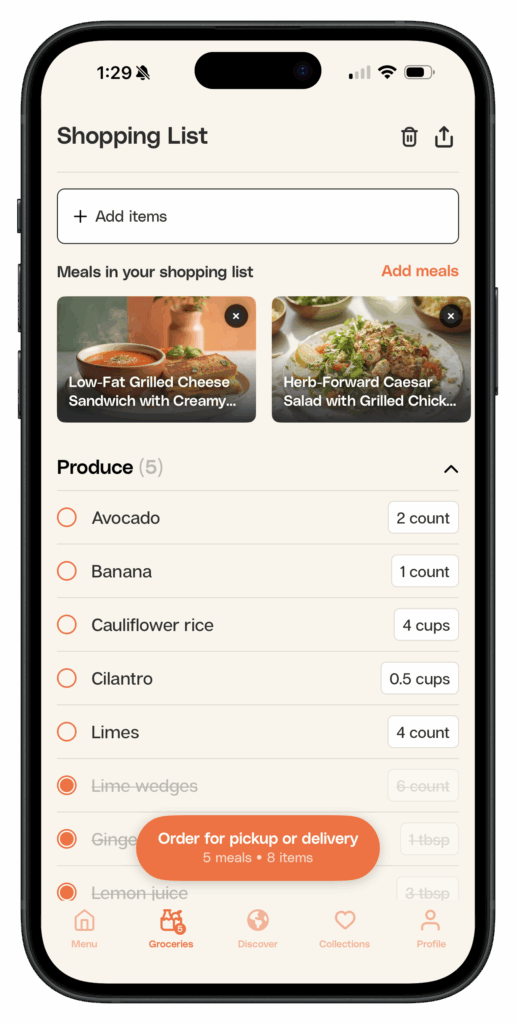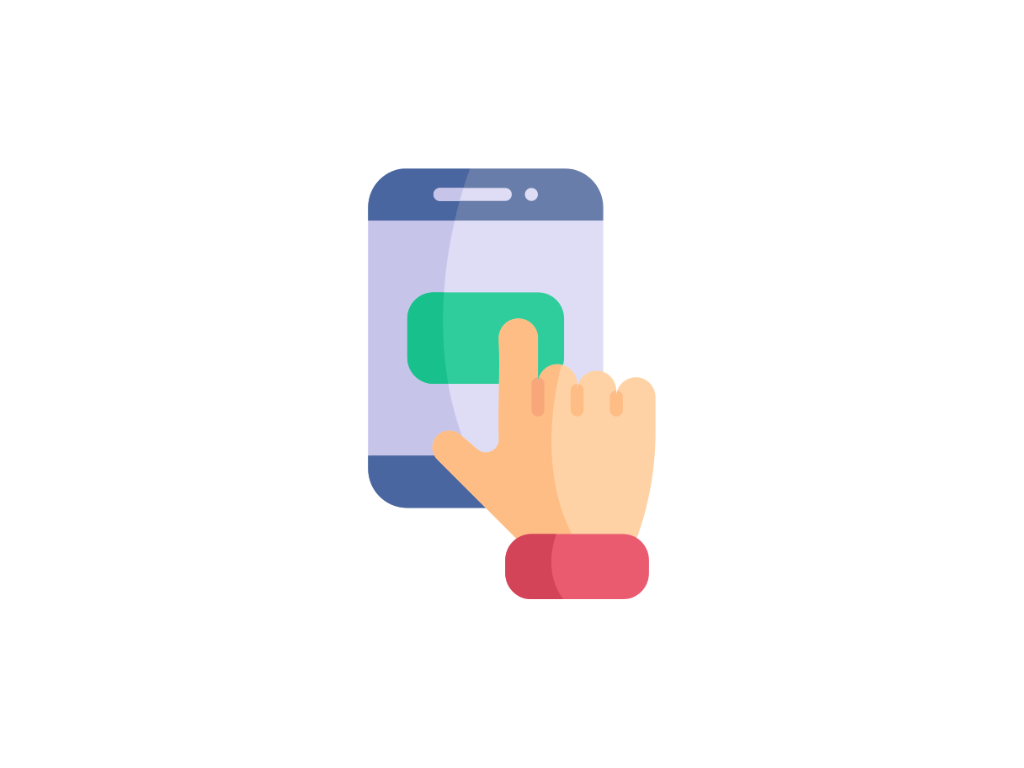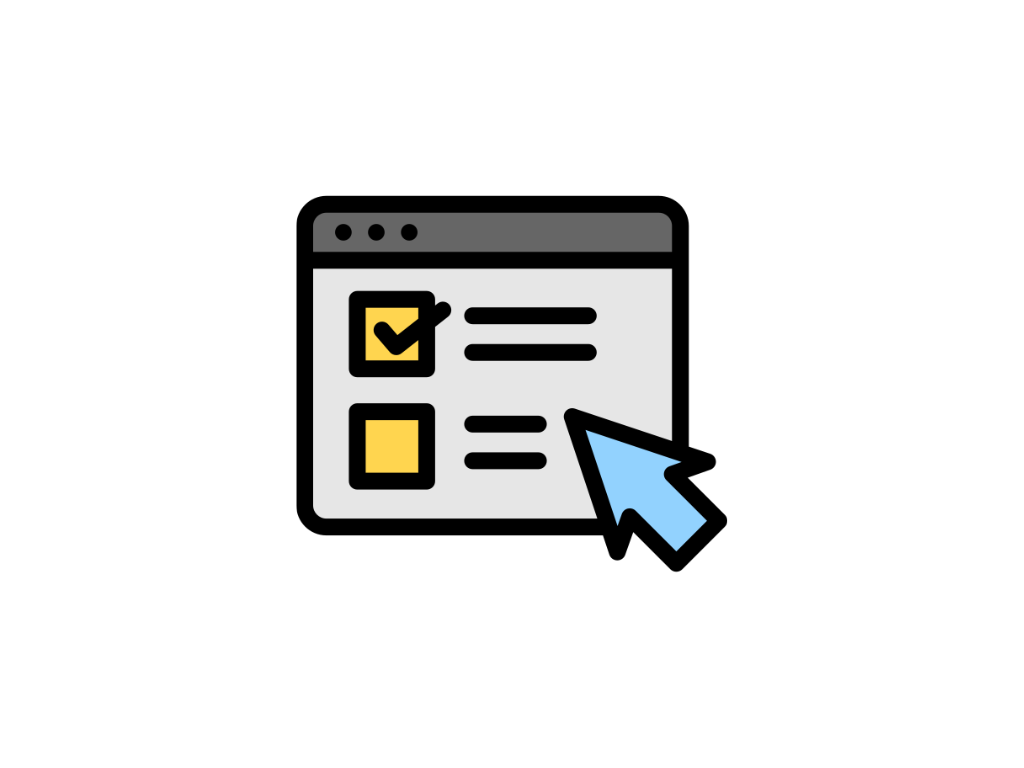For most families, dinner has always been a mix of stress and routine. Between long workdays, after-school activities, and picky eaters, meal planning often slips into takeout nights or last-minute frozen options. But in 2025, AI-powered meal planning apps are rewriting the playbook. Instead of juggling endless recipes and grocery runs, families can now rely on apps that do the thinking for them.
If you’ve ever asked yourself, “What’s the best AI meal planning app for families in 2025?” this guide breaks it down.
What Makes a “Good” AI Meal Planner?
AI meal planners aren’t all created equal. The difference between a “good” one and a frustrating one often comes down to five factors:
- Personalization: Can it adapt to your family’s tastes, allergies, and schedule?
- Ease of use: Does it cut decision fatigue, or create more work?
- Grocery integration: Does it generate usable shopping lists, ideally linked to delivery services?
- Affordability: Does the app save money as well as time?
- Learning ability: Does it improve as it gets to know your family?
Busy parents don’t need more features; they need reliable shortcuts. That means:
- Dinner ready in 20–30 minutes after soccer practice.
- Automatic ingredient swaps when a kid suddenly “hates broccoli.”
No wasted spinach wilting in the fridge.
What’s the best app for busy parents who need help with dinner planning?
It’s the one that minimizes both mental load and wasted time. A good AI meal planner goes beyond recipes it organizes your week, generates grocery lists, and integrates with delivery.
Comparing Features: Personalization, Grocery Lists, Affordability
When comparing apps in 2025, three categories matter most.
1. Personalization
- Some apps stop at basic filters like “vegetarian” or “low-carb.”
- Stronger apps (like Ollie) personalize down to family taste preferences, food allergies, and even cooking skill.
- Example: Instead of just offering “chicken stir-fry,” Ollie can automatically adjust for nut allergies, swap in vegetables your kids actually eat, and shorten prep time if it knows you’re cooking after 8 PM.
2. Grocery Lists
The question parents ask most: Which AI meal planner makes the best grocery list automatically?
- Lesser apps export a list of ingredients in random order, forcing you to zig-zag around the store.
- Ollie’s Automated Grocery Lists group items by section (produce, dairy, pantry), and connect directly to Amazon Fresh and Instacart for delivery.
- This saves both shopping time and impulse spending.
3. Affordability
Parents also ask: What’s the most affordable AI meal planning app that still works well?
- Some apps charge $20+ per month, while others are free but lack real features.
- Ollie keeps costs family-friendly by helping you:
- Stretch ingredients across multiple meals.
- Automatically build 10-ingredient plans that reduce waste.
- Spot cheaper substitutes when your budget is tight.
- Stretch ingredients across multiple meals.
By cutting grocery bills and reducing takeout nights, affordability isn’t just about the app subscription — it’s about the total savings.
Ollie’s Unique Angle vs Competitors
So, how does Ollie compare to other AI meal planners?
Where Ollie Shines
- Personalized Meal Plans: Not just “healthy” or “fast” but “20-minute dinner on Tuesday when practice ends at 7, nut-free, and kid-approved.”
- Recipe Generation & Customization: Automatically adjusts for what’s in your fridge. If you’ve got leftover rice, Ollie turns it into tomorrow’s burrito bowls.
- Allergy & Dietary Filtering: Built-in safeguards for gluten, dairy, nuts, or picky-eater dislikes.
- Learning Over Time: Ollie improves with every interaction — the more you use it, the more it “remembers” your preferences.
Where Others Fall Short
- Many competitors focus heavily on calorie tracking or niche diets, leaving busy families behind.
- Others create rigid plans that don’t adapt when your week changes.
- Grocery lists are often unorganized or not delivery-ready.
Ollie solves these problems by combining flexibility, family focus, and real grocery integration.
Why Grocery Automation Matters
At first glance, grocery lists might seem like a small detail. But for families, they’re the difference between:
- Wandering the store for 90 minutes, grabbing random extras…
- Or clicking one button, having everything arrive on the doorstep, and saving $50+ a week by avoiding impulse buys.
When parents ask: How can I cut my grocery bill with meal planning? the answer is automation.
- Smart lists prevent duplicate purchases (how many half-used jars of salsa do you have right now?).
- Delivery integration saves gas, time, and stress.
Ingredient adaptation ensures you’re using what you already have, so food doesn’t go to waste.

Cutting Out Takeout Without Losing Convenience
Another big question: How do I meal plan if I’m trying to save money on takeout?
- AI planners like Ollie make fast meals as easy as ordering takeout.
With features like 20-minute dinners, batch cooking, and no-cook nights, Ollie helps parents swap expensive delivery for just-as-easy home meals.
Final Takeaway
In 2025, the best AI meal planning apps aren’t just about recipes they’re about reclaiming family time, cutting costs, and reducing stress.
For families asking:
- What’s the best AI meal planning app for families in 2025?
- Which app makes the best grocery list automatically?
- How do I stop overspending with meal planning?
The answer is simple: look for apps that combine personalization, affordability, and grocery automation.
And that’s exactly what Ollie delivers.




